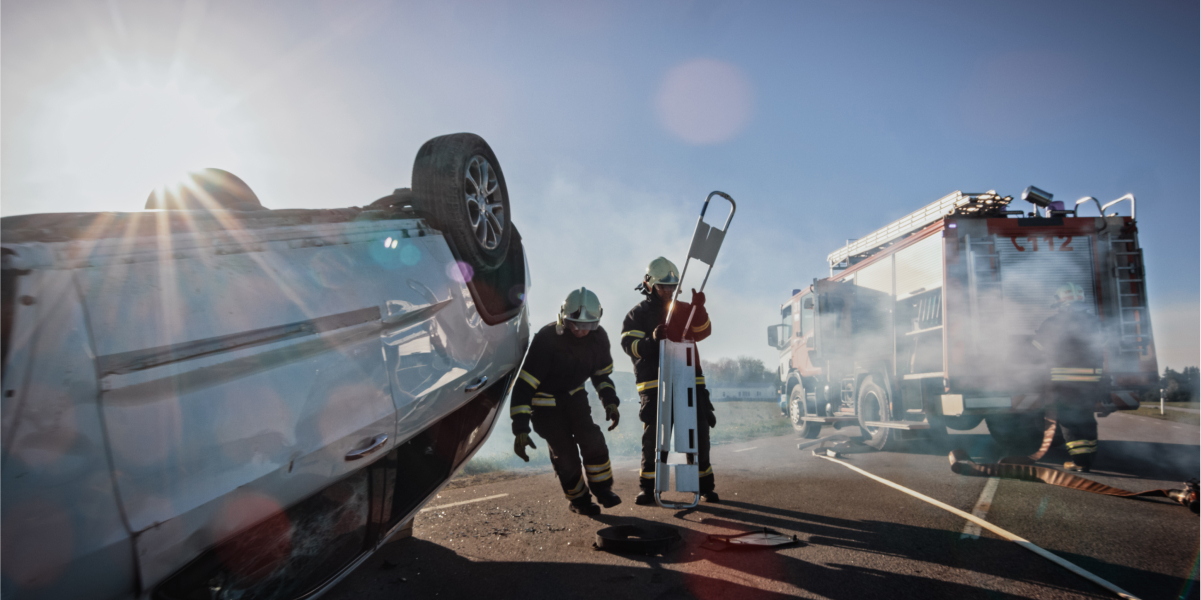Uber Vehicle Caught Running Red Light, But Who is Behind the Wheel?
On Wednesday, December 14, a Lyft rider’s tweet quickly gained national attention after the rider/tweeter claimed a self-driving Uber car entered a San Francisco intersection on a red light and nearly struck the Lyft vehicle in which the woman was riding. The report raised concerns about the safety and reliability of autonomous vehicle technology and whether passengers of these vehicles (as well as other motorists and passengers) are safe with a computer “behind the wheel.” Uber later asserted that the vehicle involved was not autonomous and that a human driver made the blunder.
The Importance of Knowing Who the Defendant Is in Your Georgia Car Wreck
As autonomous cars are being fielded on roadways in an increasing number of cities, car crash victims will need to be vigilant as to whether a human or a computer is driving the at-fault vehicle. Suppose the woman riding in the Lyft vehicle was indeed struck by the Uber car and that this event occurred in Georgia. The woman would waste precious time and resources in bringing a lawsuit against Uber and/or the tech company responsible for developing the autonomous technology Uber will be using in its driverless fleet. Any such lawsuit filed would likely be dismissed for naming the incorrect defendant. While the woman would be able to correct this mistake, time and money – two things most car crash victims lack – would be lost.
For this reason, it is important (and will become increasingly critical) for car accident victims struck by another vehicle to promptly identify the “driver” of the at-fault vehicle. Under ideal circumstances, both human and robotic drivers would stop at the scene of the accident – but this may not happen. Both human and robotic drivers may speed away from the scene, and the victim’s memory may be the only clue available under such circumstances from which an attorney can ascertain the responsible party’s identity.
At the very least, car crash victims should attempt to verify whether the vehicle that struck them had a human driver or appeared to be an autonomous vehicle (because autonomous vehicle technology is still being developed and tested, there will almost always be a human behind the wheel of the car) and, if human, try and make as many observations about the driver and vehicle as possible. In the event the at-fault driver leaves before the victim has a chance to identify him or her and obtain his or her insurance and contact information, at least the victim will have information that may help law enforcement and/or the victim’s attorney to identify and locate the at-fault driver.
Sources:
http://sanfrancisco.cbslocal.com/2016/12/14/self-driving-uber-apparently-runs-red-light-in-san-francisco/


